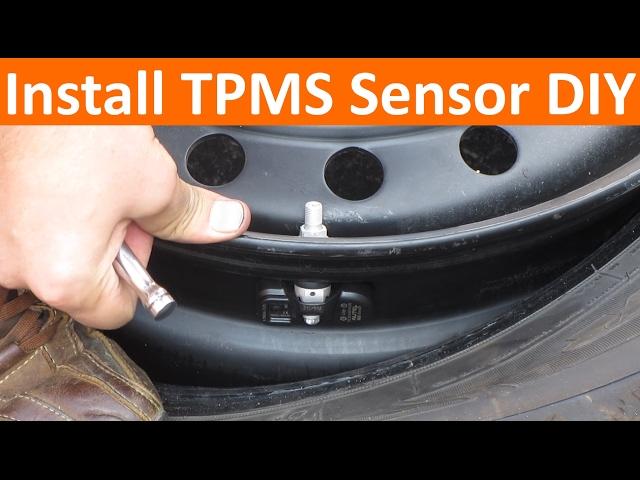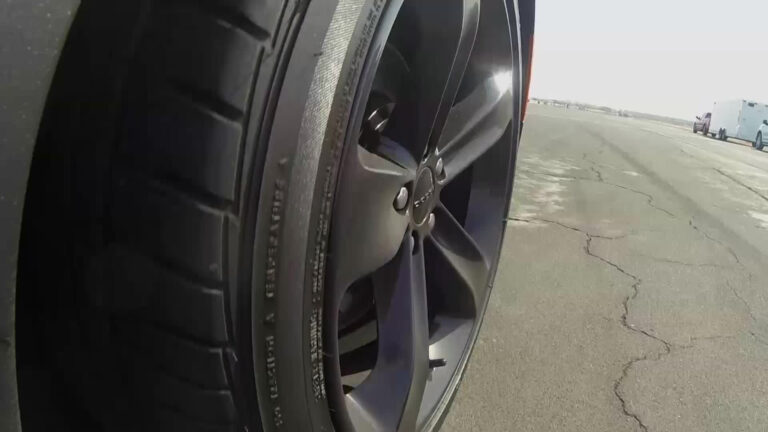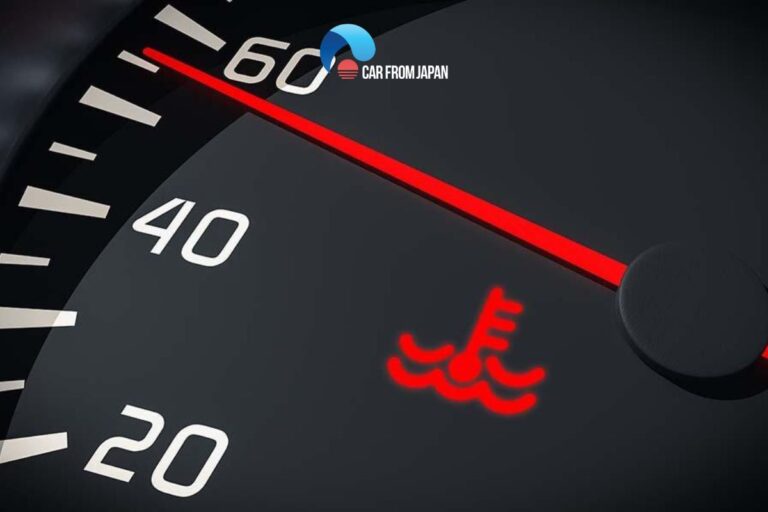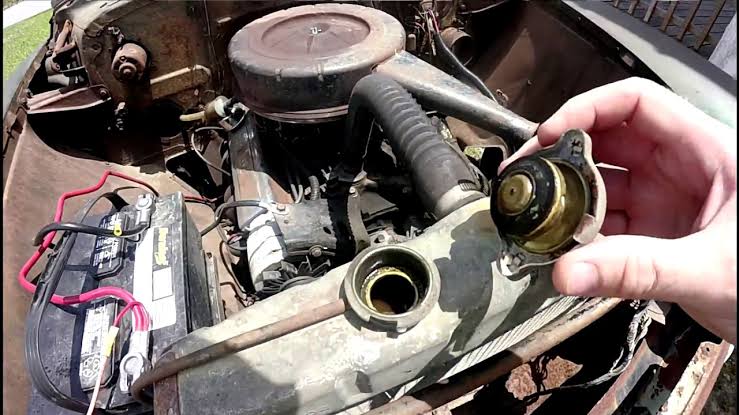Will Vinegar Remove Bugs from a Car?

Yes, vinegar can help remove bugs from your car, but it’s important to use it carefully. Vinegar is mildly acidic, and its cleaning properties can break down the sticky residue left behind by bugs on your vehicle’s surface. However, it’s not a one-size-fits-all solution, and there are some factors to consider to avoid damaging your car’s paint.
How Does Vinegar Help Remove Bugs from a Car?
1. Vinegar Breaks Down Bug Residue
✔ Bugs leave behind proteins, sugars, and other compounds that can be difficult to remove.
✔ The mild acidity of vinegar helps loosen and break down the sticky residue.
2. Deodorizes and Neutralizes Odors
✔ Vinegar has natural deodorizing properties that can neutralize unpleasant smells left by squashed bugs.
3. Removes Streaks and Water Spots
✔ When diluted with water, vinegar can also be used to remove streaks or water spots from the car’s exterior.
How to Use Vinegar to Remove Bugs from Your Car
1. Dilute the Vinegar
✔ Mix one part white vinegar with one part water in a spray bottle.
✔ Too much vinegar can be too harsh on your car’s paint, so always dilute it.
2. Spray the Affected Areas
✔ Spray the vinegar solution on the bug splatters, making sure to cover them evenly.
✔ Let it sit for a few minutes to allow the vinegar to break down the residue.
3. Use a Soft Cloth or Sponge
✔ After allowing the solution to sit, use a soft cloth or sponge to gently wipe the bug residue away.
✔ Avoid using abrasive sponges to prevent scratching the paint.
4. Rinse Thoroughly
✔ After the bugs are removed, rinse the area with clean water to remove any leftover vinegar solution.
✔ Dry the area with a clean, soft microfiber towel to prevent water spots.
When Should You Avoid Using Vinegar?
1. On Newly Painted Cars
✔ Newly painted cars or cars with delicate paint jobs may be more susceptible to damage from acidic substances like vinegar.
2. If the Paint Is Already Damaged
✔ If your car already has scratches, chips, or fading, vinegar could potentially worsen the condition of the paint.
3. For Stubborn Bug Residue
✔ Vinegar may not be effective on heavily baked-on or older bug splatter. In such cases, a specialized bug remover may be needed.
Alternative Ways to Remove Bugs from a Car
1. Commercial Bug Removers
✔ Bug-removing sprays are specially formulated to be tough on bugs but gentle on car paint.
2. Soap and Water
✔ For light bug residue, soapy water with a microfiber cloth may be sufficient to remove the bugs without harsh chemicals.
3. Clay Bar Treatment
✔ A clay bar treatment can remove stubborn bug splatters or other contaminants from the surface of your car without damaging the paint.
FAQs
1. Can vinegar damage my car’s paint?
If used properly, diluted vinegar won’t damage your car’s paint. Avoid using undiluted vinegar or leaving it on the paint for too long.
2. How long should I leave the vinegar solution on the bugs?
Allow the vinegar solution to sit for 5-10 minutes before wiping it off. Do not let it dry completely.
3. Can I use vinegar to remove other stains from my car?
Yes, vinegar can be used to remove water spots and stains from the car’s exterior, but always test it on a small area first.
4. Will vinegar work on windshield bug splatter?
Yes, vinegar can be effective in removing bug splatter from the windshield if used with a microfiber cloth or sponge.
5. Is vinegar safe for car interiors?
Vinegar can be used for cleaning the interior of the car, but be careful around leather seats as it may dry them out or cause damage.
Conclusion
Yes, vinegar can remove bugs from your car, especially if they’ve left behind sticky residue. By diluting vinegar with water and applying it carefully, you can break down the bug remains without harming your vehicle’s paint. Always test on a small area first and consider alternative cleaning methods for stubborn spots.
Also Check:





